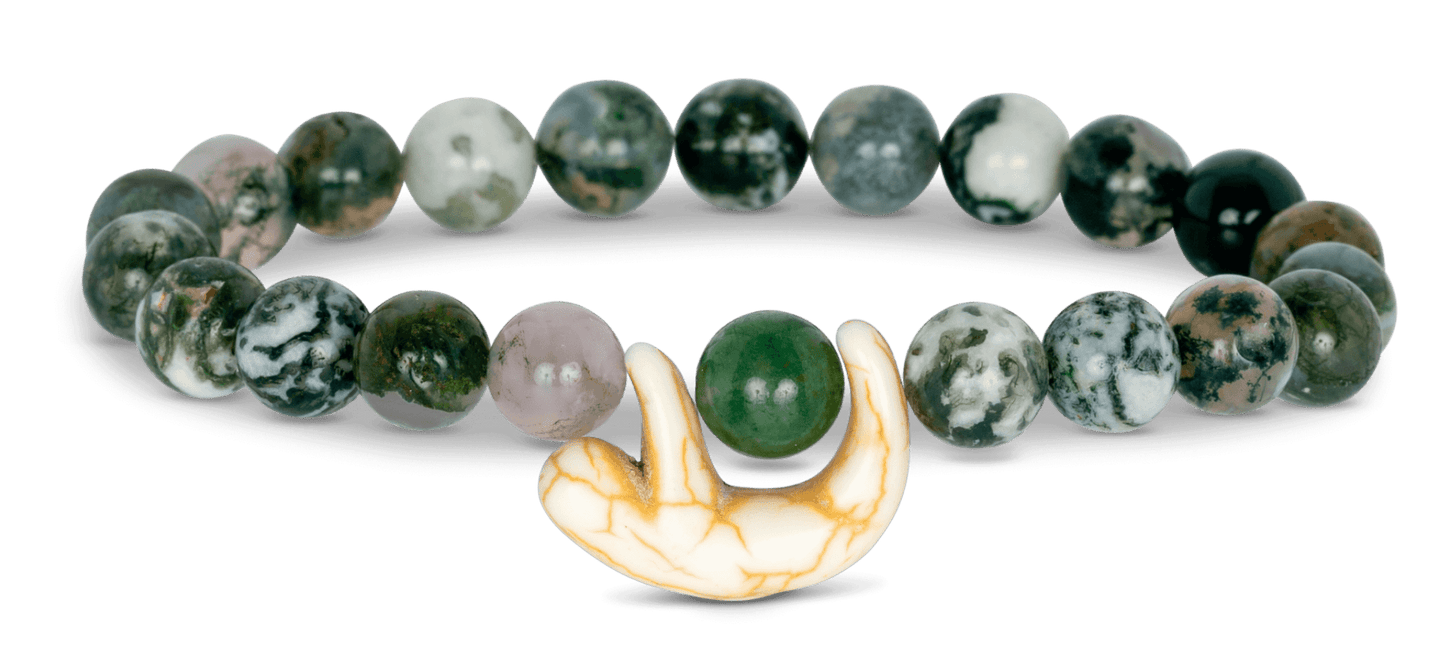

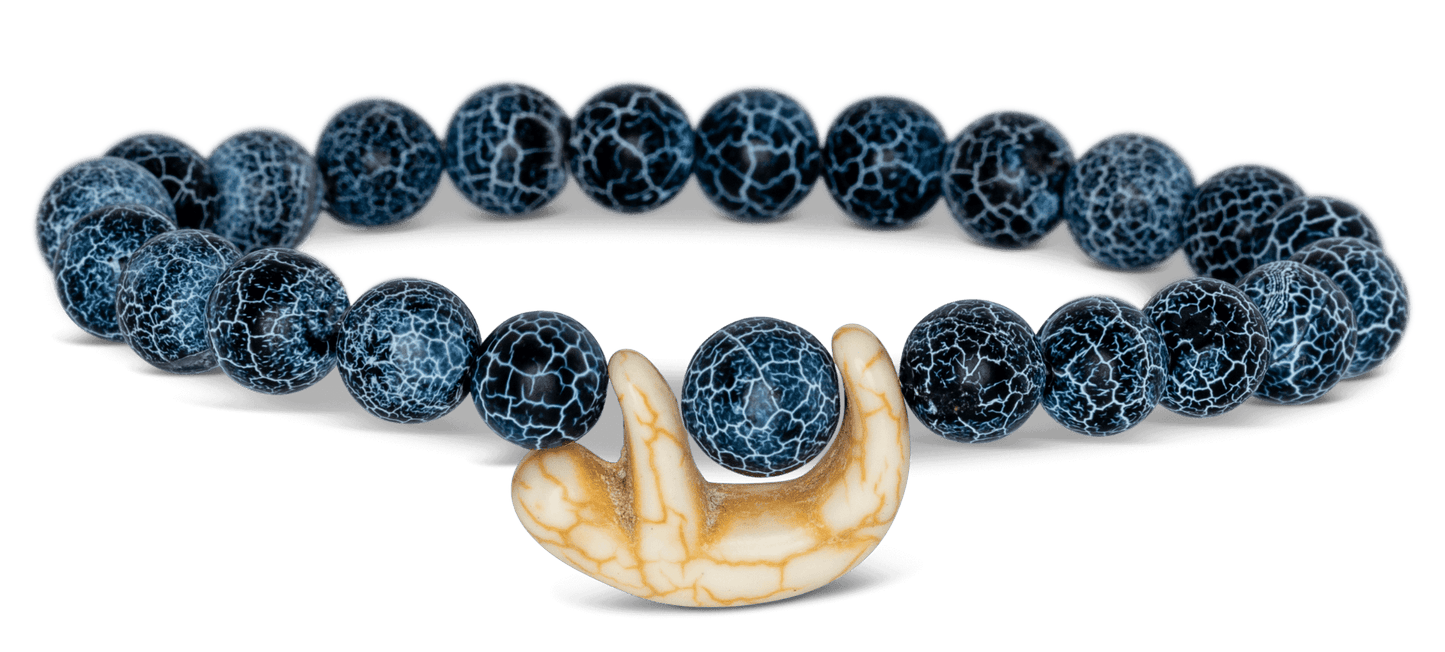
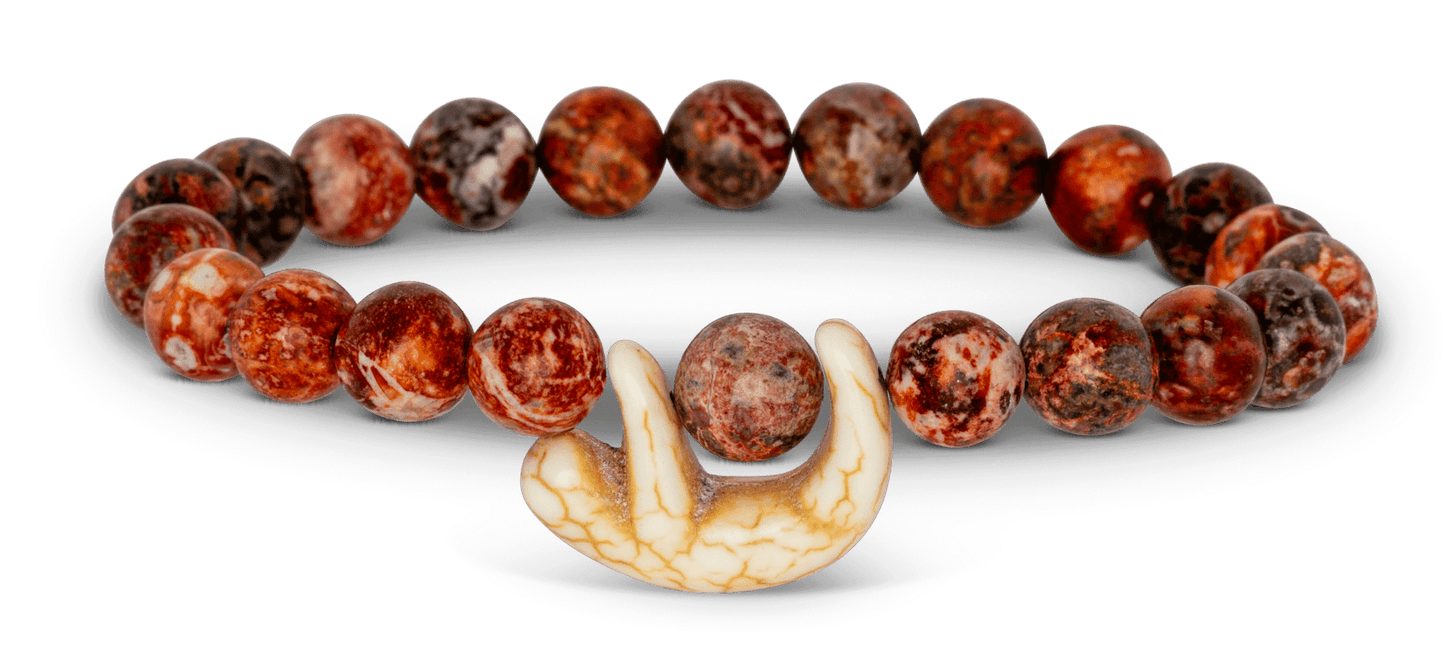
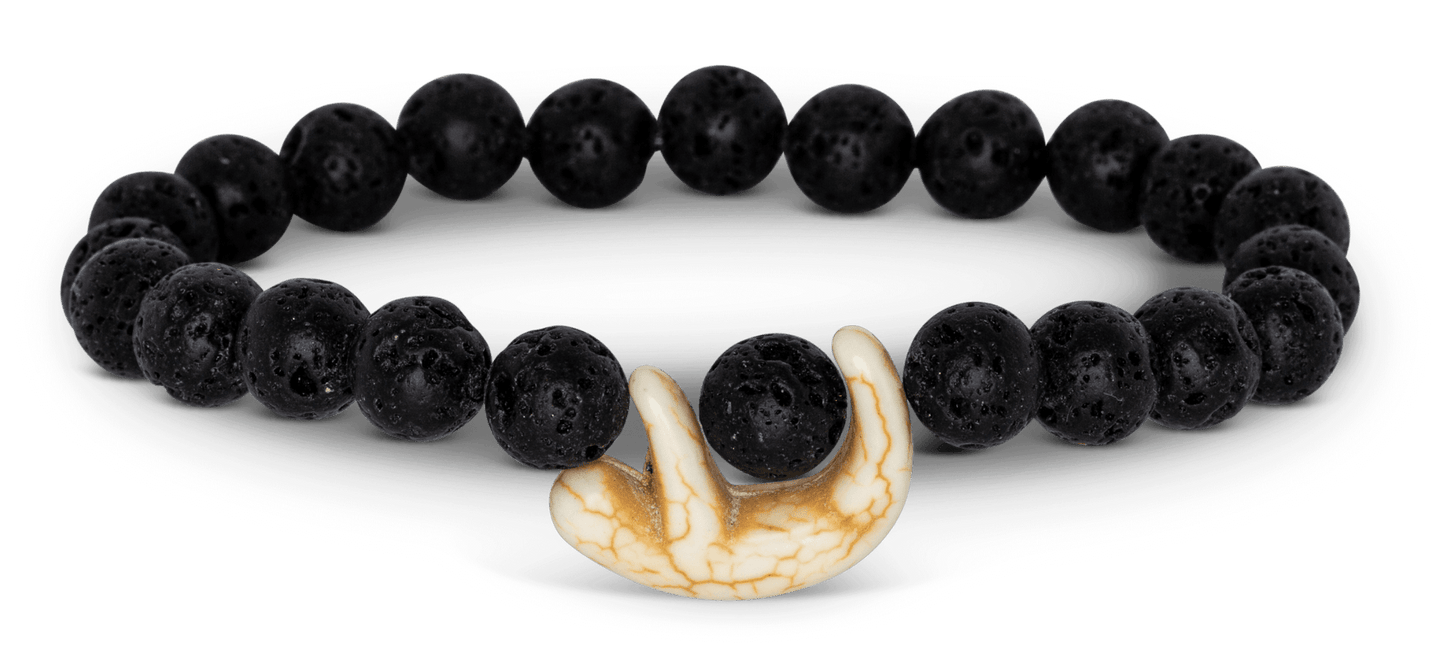
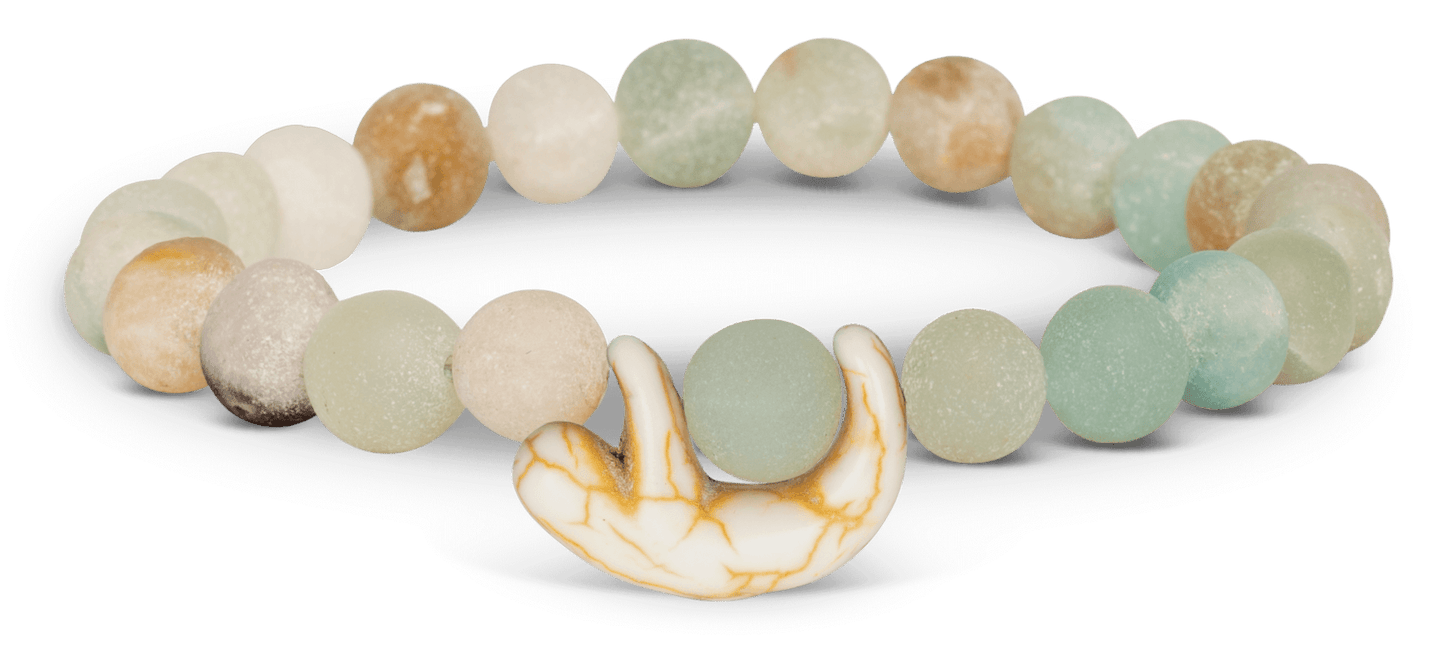
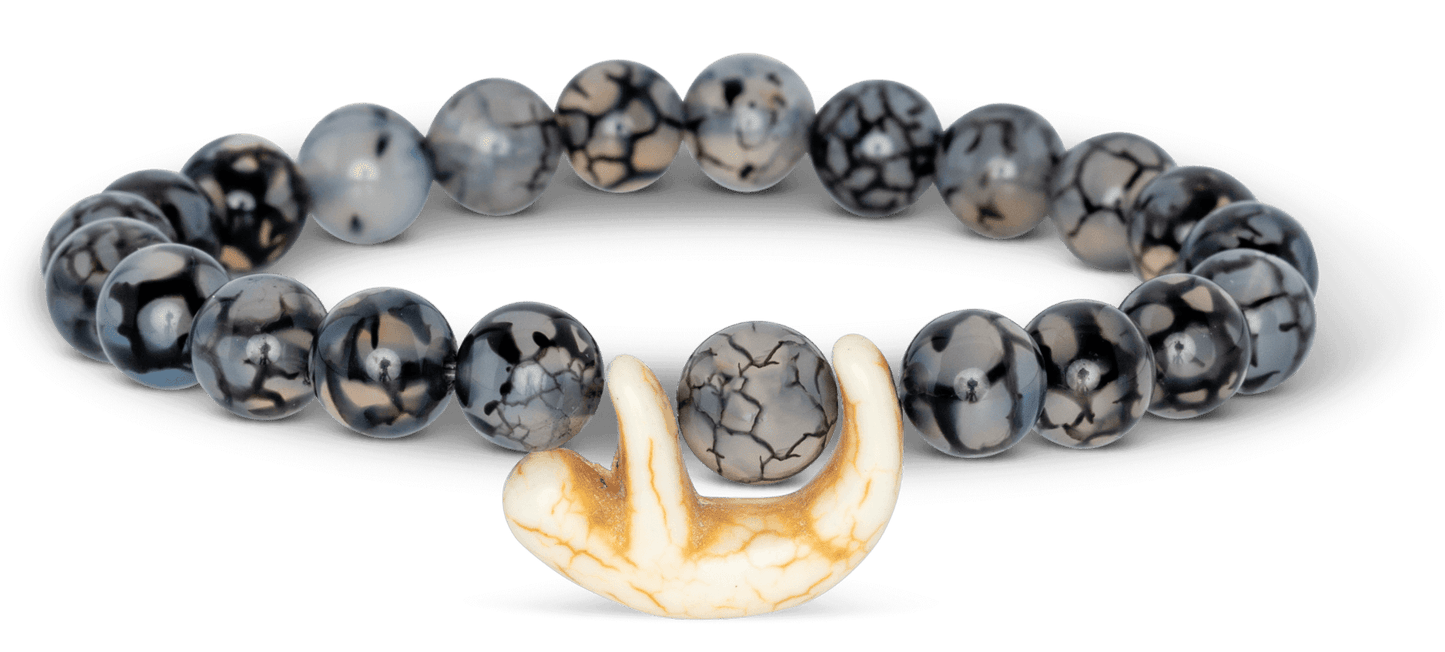
Each Bracelet Comes With
a Real Sloth to Track
Each Bracelet Comes
With a Real Sloth To
Track
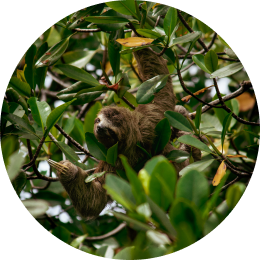
Meet your sloth and learn their incredible story
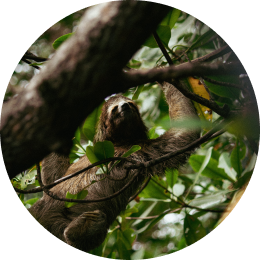
Reveal exclusive stats, photos, and updates along the way
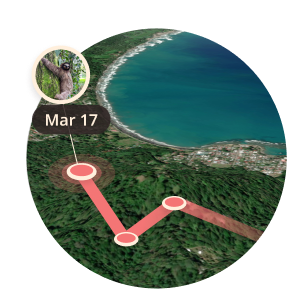
Follow their path on an interactive tracking map
In partnership with The Sloth Conservation Foundation
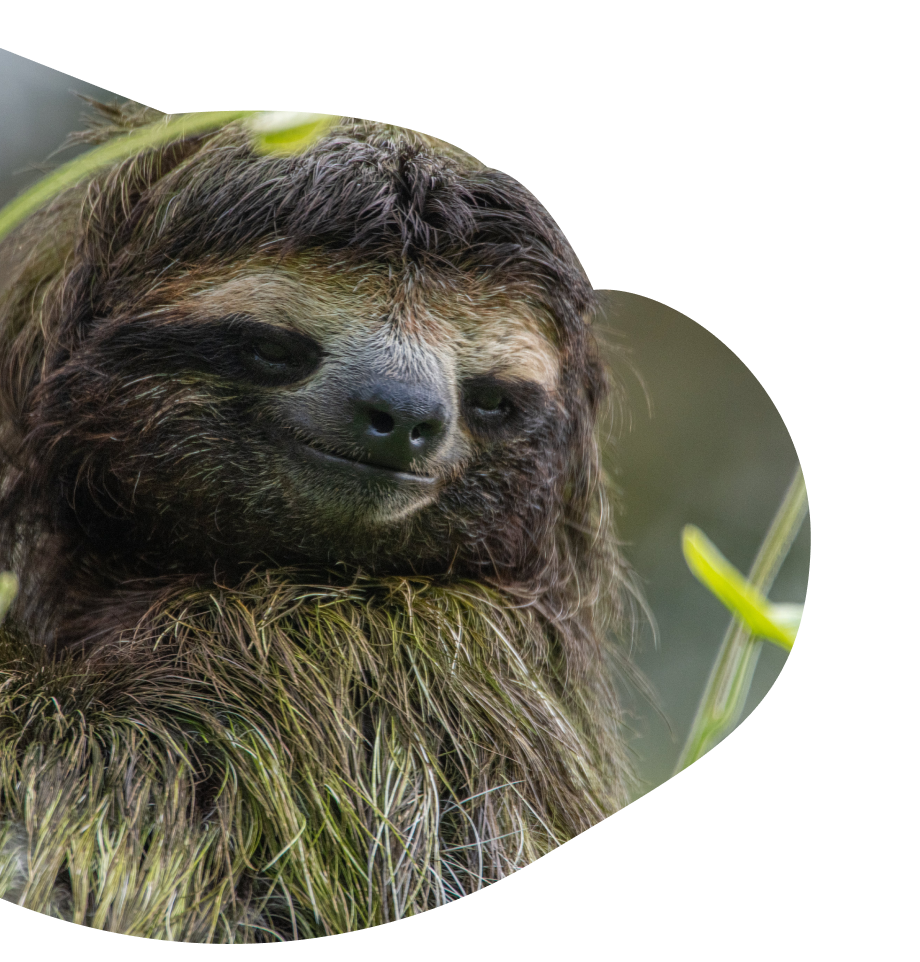
We donate 10% of profits to The Sloth Conservation Foundation and their work saving sloths in Costa Rica. Your purchase helps further their mission alongside community outreach and education, sustainable sloth tourism, and strategies to foster peaceful human-sloth coexistence.
One Small Bracelet.
One Big Mission.
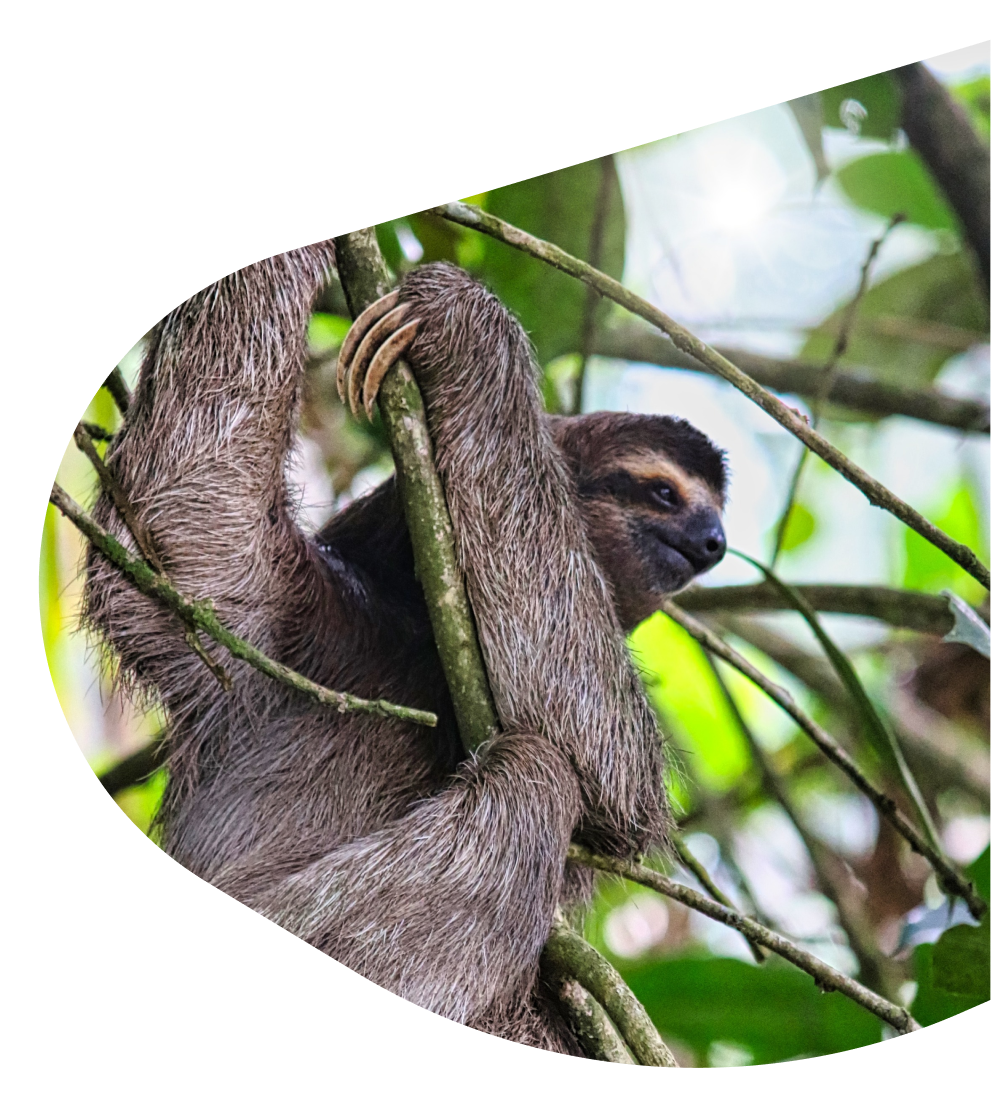
Common Questions
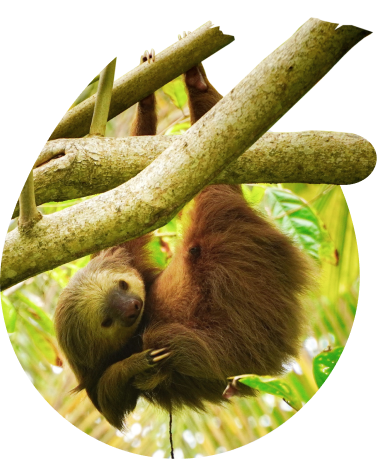
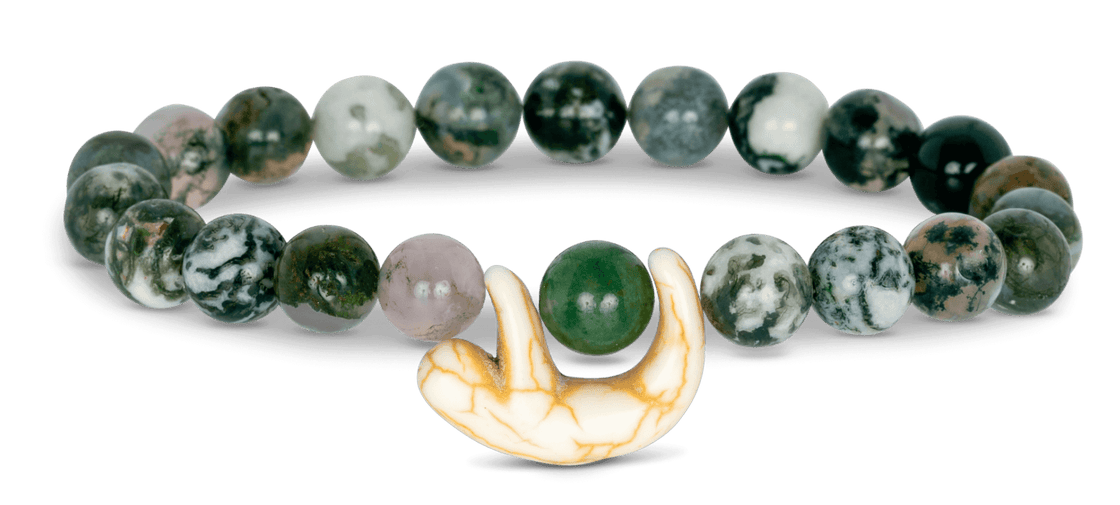
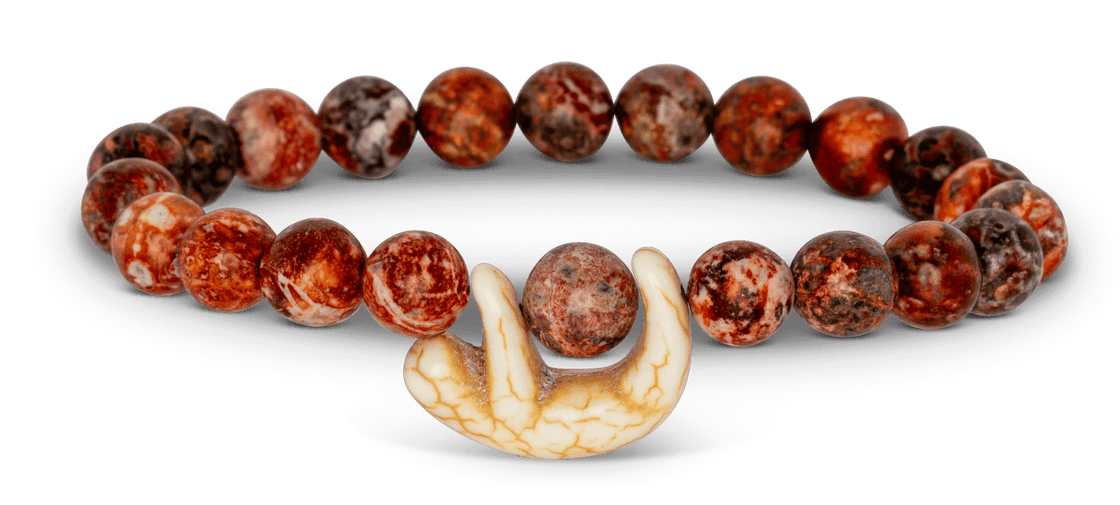
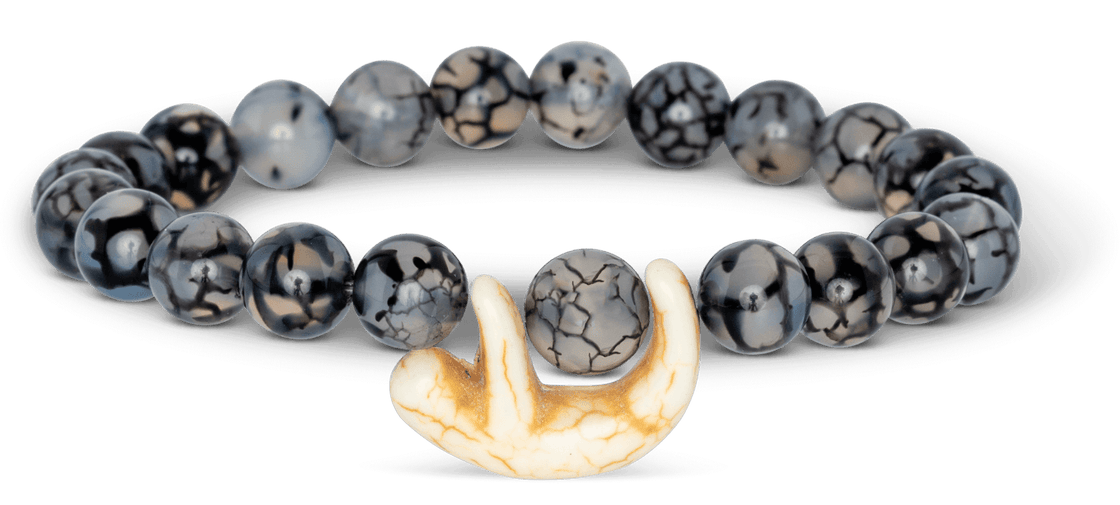
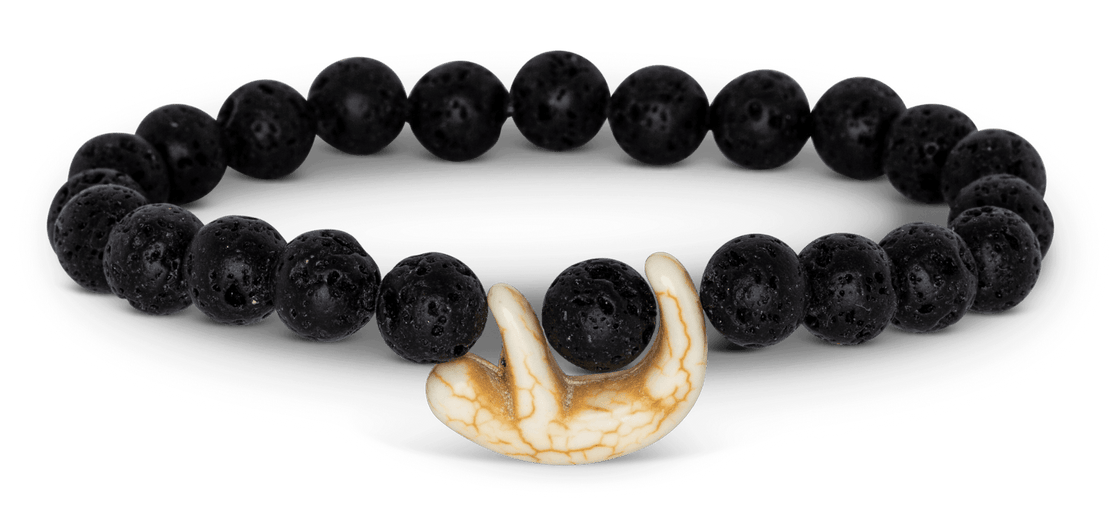
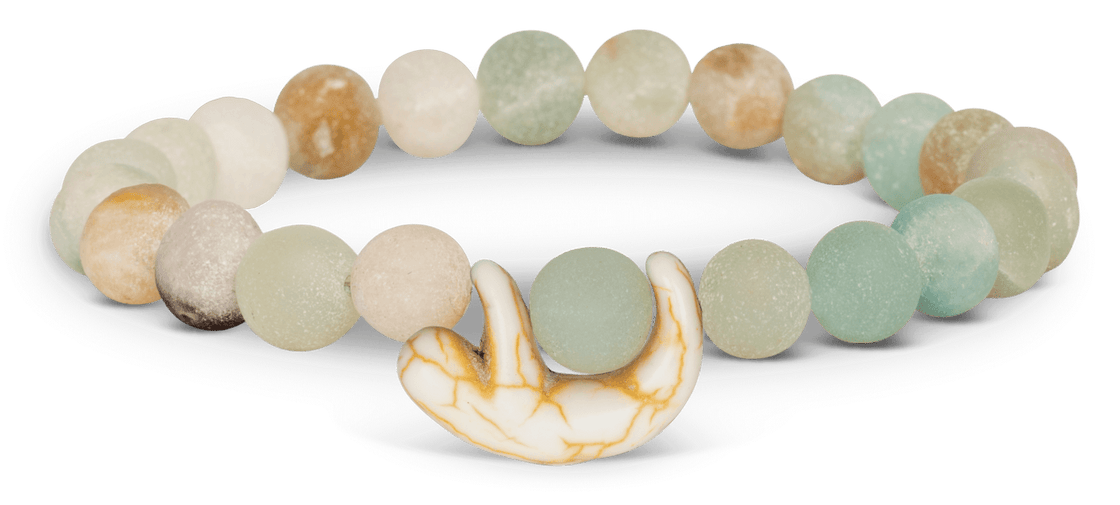
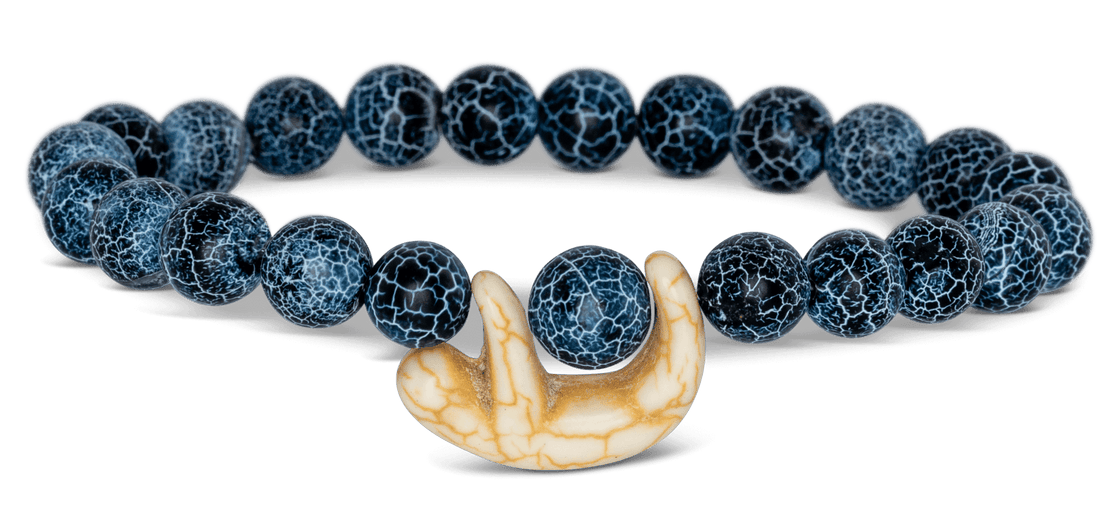

 If you add 3 or more, you get free shipping!
If you add 3 or more, you get free shipping! 10% of profits donated to The Sloth Conservation Foundation
10% of profits donated to The Sloth Conservation Foundation Sizing: Elastic, one size fits most
Sizing: Elastic, one size fits most SSL Secure Checkout
SSL Secure Checkout Worldwide Shipping
Worldwide Shipping Dedicated Customer Service
Dedicated Customer Service 100% Happiness Guarantee
100% Happiness Guarantee